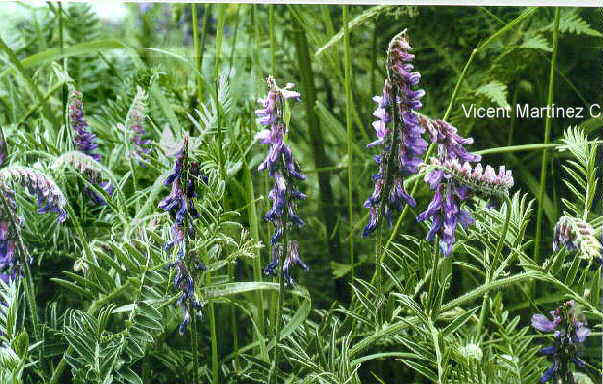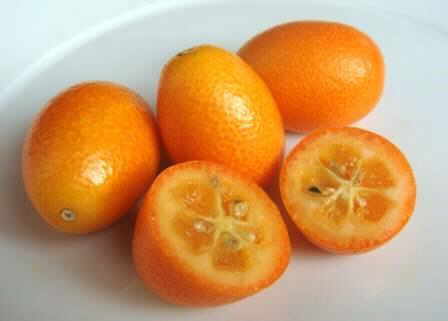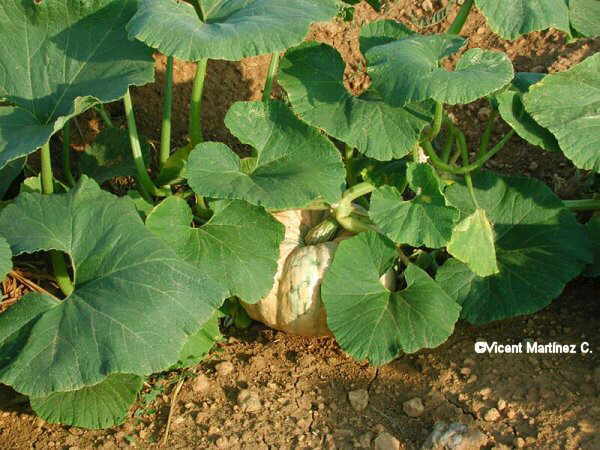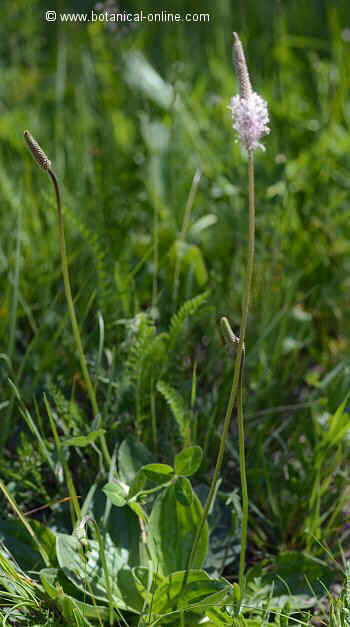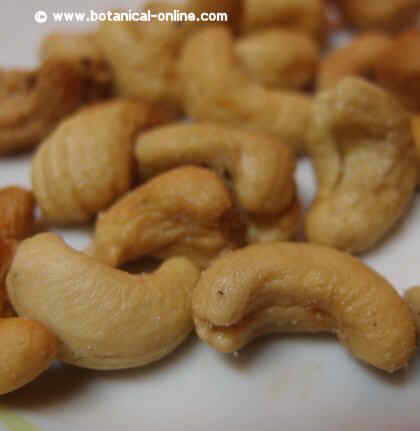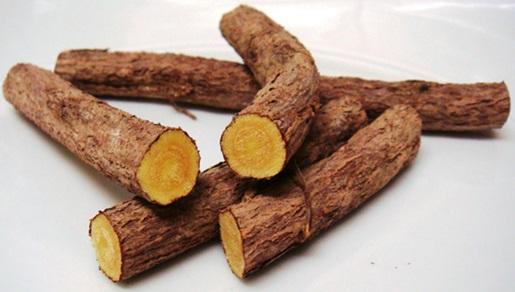Contents
Properties of British tobacco
Healing properties of coltsfoot
Coltsfoot, horsehoof or British tobacco (Tussilago farfara) is a medicinal plant widely used to treat the respiratory system, mainly as an antitussive.
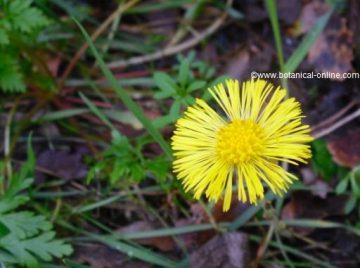
It is characterized by its attractive yellow flowers, which are born when the leaves of the plant have not yet sprouted, and are the part most used in herbal medicine.
The leaves also have medicinal properties, applied externally as a vulnerary remedy.
To illustrate the historical importance of this plant as a cough remedy, we cite the following curiosity:
In Phytotherapy, cough remedies are called bechic remedies.
The term bechic derives from the Greek voice bechion, which is the name by which coltsfoot (Tussilago farfara) was designated. The adoption of this term to designate this property derives from the historical tradition of the coltsfoot as the antitussive remedy par excellence.
Indeed, the plant is rich in mucilage, which softens the respiratory tract. The flowers also contain triterpenes and flavonoids with antispasmodic, antitussive and bronchodilator action.
INTERNALLY
Main therapeutic application of this plant, already used since ancient times. Its flowers are taken as an infusion, collected just before blooming, and dried in the shade and in a ventilated place. Coltsfoot flowers are the richest plant in hyperoside, an active principle present in most antibronchitic plants, such as sorrel (Rumex acetosa) and St. John’s wort (Hypericum perforatum), which makes it the antitussive par excellence.
Due to its antispasmodic and bequic activity, it is effective in relieving coughs and treating persistent coughs. The whole plant is rich in mucilage, which is why both the leaves and the flowers are used to soften the respiratory tract, being an adjunct in the natural treatment of coughs. (Prepare infusion with 1 teaspoon (0.6-2g.) of flowers in a cup of water).
Coltsfoot combines well with other expectorant plants such as mullein flowers (Verbascum thapsus), horehound (Marrubium vulgare), lungwort (Pulmonaria officinalis), greater plantain (Plantago major) and thyme (Thymus vulgaris). For dry coughs, combine it with mallow leaves and flowers.
Coltsfoot for hoarseness
Due to its mucilage content, with an emollient and demulcent effect, it softens the tissues of the body. The infusions of the flowers are applied against hoarseness. (Prepare an infusion with 1 teaspoon (0.6-1g.) of flowers in a cup of water).
Coltsfoot for bronchitis
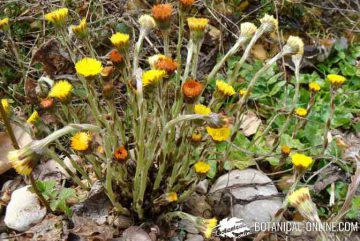
The plant is recommended in the treatment of acute and chronic bronchitis, always after the acute phase (after the first 2 days. Coltsfoot deflates and dilates the bronchi, calms coughs and is an expectorant due to its content in tusilagina, which stimulates respiratory function. For those affected by chronic bronchitis, they can alleviate coughing by inhaling the steam from the plant, preparing a foot bath with leaves and flowers of coltsfoot).
Due to its expectorant and softening properties, this plant appears recommended for many respiratory conditions, such as aphonia, pharyngitis, laryngitis, bronchial colds, asthma or pulmonary emphysema. However, long treatments (more than 2-4 weeks) with British tobacco should not be performed in any case.
In the past, the plant was smoked to treat such bronchial diseases. However, these types of remedies are not recommended because the smoke produces more secretions and inflammation of the bronchial tubes.
British tobacco infusions have a bitter taste, which can be disguised with a little lemon juice.
Other uses of coltsfoot
- Tuberculosis: The drug is an expectorant, antitussive plant, against colds and respiratory problems, so it is indicated as a possible help to carry out the complementary treatment of pulmonary tuberculosis.
- For the ex-smoker: coltsfoot thins the secretions of the bronchi produced by smoking and facilitates their elimination. Formerly this plant was considered an ally for the ex-smoker, since due to its benefits on the lungs, it helps to detoxify them of nicotine and tobacco residues. (Prepare infusion with 1 teaspoon (0.6-2g.) of flowers in a cup of water).
- It is taken as an infusion to clean the bronchi of secretions caused by tobacco. It is very suitable for the treatment of COPD or chronic obstructive pulmonary disease in smokers. Even in ancient times, coltsfoot was used as a substitute for tobacco, forming part of the popular “herbal tobacco” for smoking cessation.
- Diuretic: due to its great wealth in hyperine and hyperoside, British tobacco has diuretic and antibacterial properties. Some authors cite it to treat cystitis. (Take an infusion with 1 teaspoon of coltsfoot flowers, 1 teaspoon of dandelion and 1 teaspoon of marshmallow per liter of water. Take 3 times a day. Sweeten with honey).
- Abortive: Traditionally, the plant is believed to possess abortifacient properties. The case of a newborn with a liver disease, produced by the taking of British tobacco by the mother during pregnancy has been documented. British tobacco should not be taken in case of pregnancy.
EXTERNALLY
- Vulnerary: the plasters of the leaves of the plant are rich in mucilage, with a demulcent and emollient effect. They are used as a vulnerary on sores, burns, abscesses and boils. For this, the leaves are crushed and applied in a compress, plaster or poultice.
- Orchitis: the compresses of leaves of coltsfoot are used for the orchitis (inflammation of the testicles). (Boil 100g. of leaves in 1 liter of water for 10 minutes. Strain and let stand until cool. Apply as a compress on the area).
- Dilated veins: apply the leaves of coltsfoot as a compress on the affected area. They contain tusilagine, an alkaloid that stimulates the cardiovascular system. (Infusion 50g. of fresh leaves per liter of water. Rest for 10 minutes and apply on the affected area).
Dosage and use of coltsfoot
Long treatments (more than 2-4 weeks) with this plant are contraindicated in all cases. Use British tobacco remedies only in specific situations or consult another phytotherapy…
![]() More information on coltsfoot, horsehoof or British tobacco
More information on coltsfoot, horsehoof or British tobacco

